Factory design plays an extremely important role as a foundation for building a quality and economically efficient factory. Therefore, it requires the design team to have in-depth knowledge of the industry, precision, meticulousness, and a basic understanding of the operational functionality of the factory after it is put into operation.
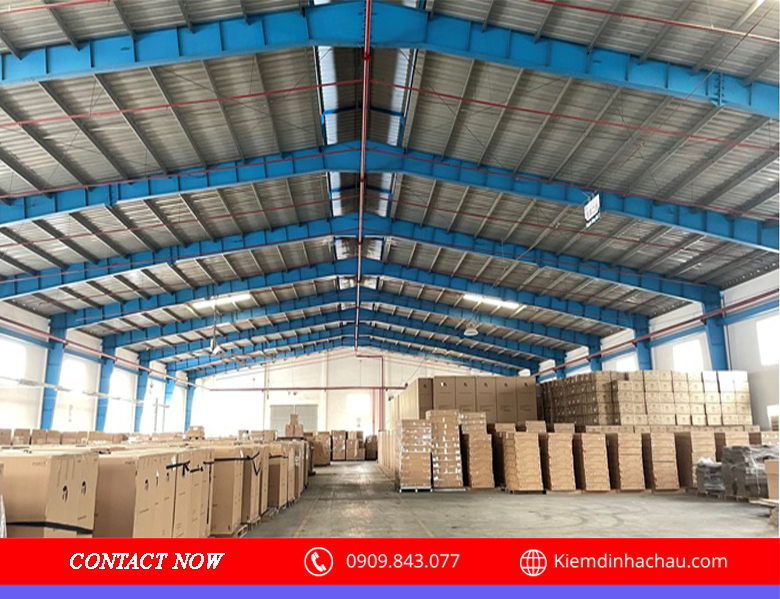
Steel structure factory.
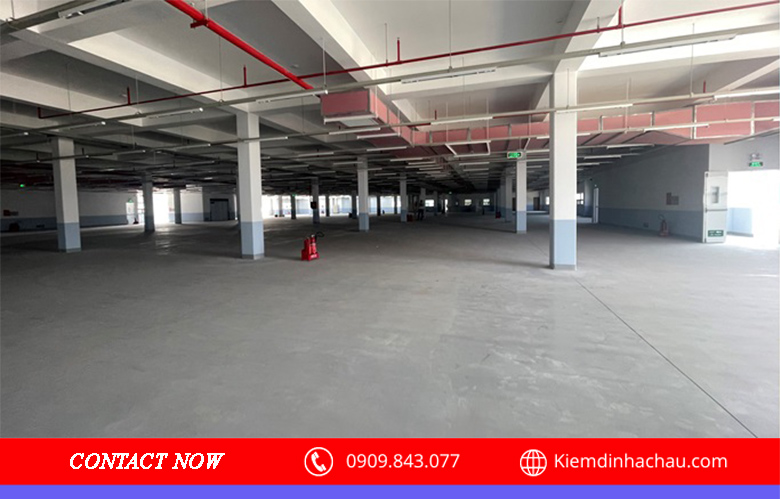
Reinforced concrete structure factory
The role of factory design
- Factory design helps transform the initial intentions and ideas of investors and architects into 2D and 3D design drawings, enabling all parties to easily visualize and accurately capture the original concept.
- Factory design allows investors to estimate construction investment costs accurately, enabling reasonable and economically efficient investment decisions.
- Factory design serves as a basis for related parties to involve in construction activities, ranging from contract negotiations to construction implementation and supervision, etc.
- Factory design documentation assists construction contractors in calculating and budgeting expenses for various construction stages, avoiding material and labor shortages.
- Factory design documentation provides a foundation for investors and supervision consultants to inspect construction activities and evaluate the quality of the project.
- Factory design drawings serve as a basis for government agencies and authorized bodies to issue construction permits, participate in inspections, and certify project completion.
Factory design process:
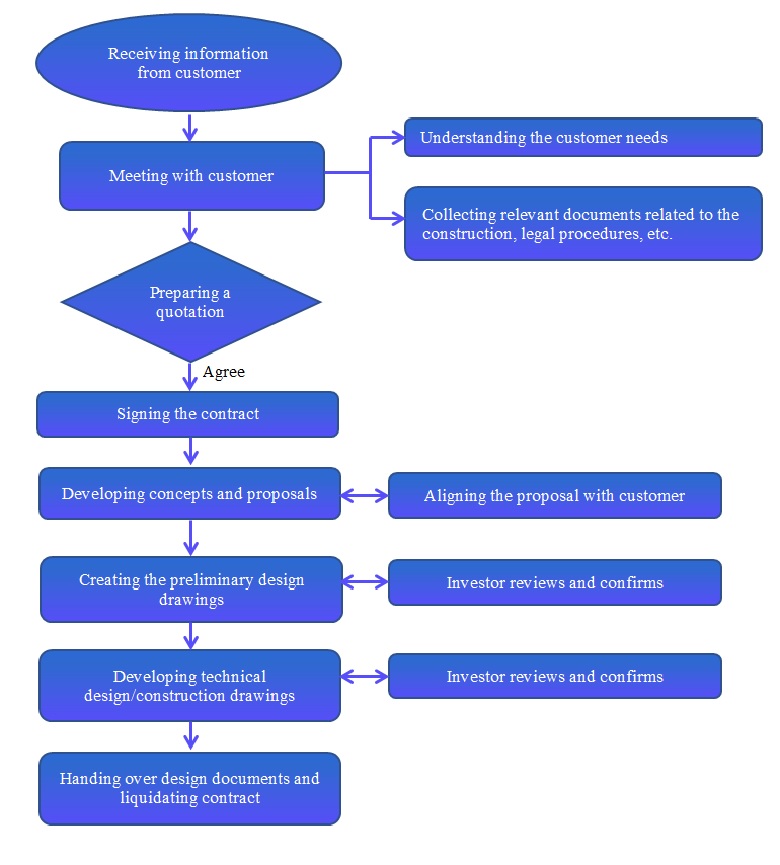
Basic requirements for factory design:
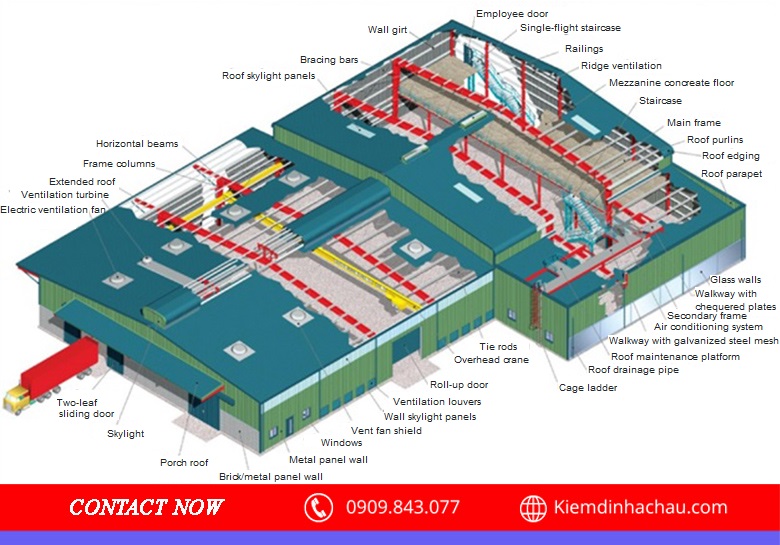
Typical design of a factory
Requirements for use
- Suitable for the technology chain and convenient for the installation of equipment and machinery:
- Ensure load-bearing capacity and long-term durability under the impact of operational loads and environmental corrosion:
- Ensure ventilation and lighting conditions:
Requirements for economic efficiency
- Economic design options, cost optimization:
- Use of common materials, ensuring usability and easy replacement:
- Simple factory structure, reducing construction time, and easy maintenance during operation
2 common types of factory structure today:
Pre-engineered structure factory:
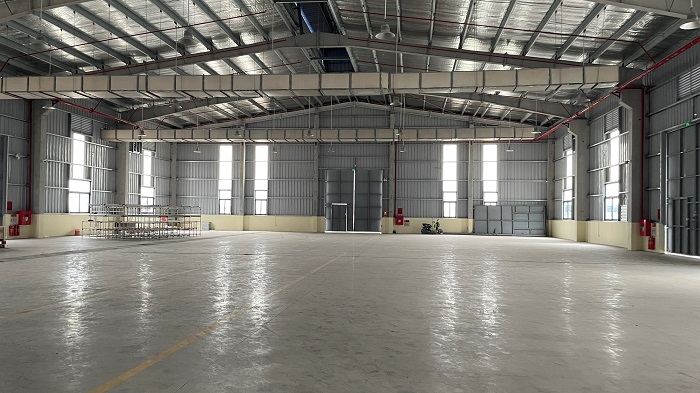
Advantages:
- Large span ability
- Easy to renovate, repair, maintain, and service
- Short construction time, reducing construction management costs and improving operational efficiency
- Lower construction investment cost compared to other options
Disadvantages:
- Poor fire resistance compared to reinforced concrete and composite steel structures
- Not suitable for factories in highly corrosive environment
Reinforced concrete structure factory
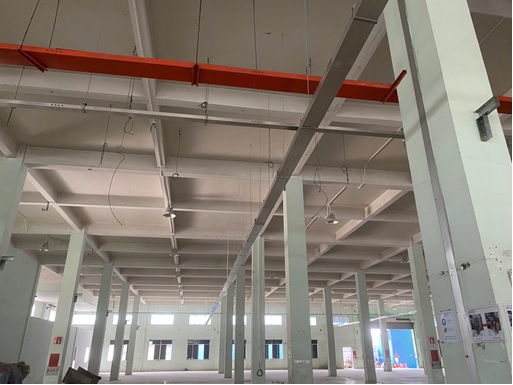
Advantages:
- High fire resistance
- Good soundproofing and thermal insulation
- High durability
Disadvantages:
- Long construction time
- High initial investment cost
- Difficult to renovate and repair
- Low span capability, leading to limited workspace
Experience when designing factory:
- Reasonable and simple layout
- Arrange functional zones to facilitate production flow
- Consider the function of the factory to ensure appropriate architectural, structural, and material choices that balance economic efficiency and long-term durability
- Plan for future expansion for projects where the land available to the investor is still intact
- Simple structural solutions that are easy to construct, maintain, and expand
- Pay special attention to lighting inside the factory, taking advantage of sunlight to reduce electricity costs and minimize workplace accidents
- Ensure effective ventilation, utilizing natural ventilation.
With the motto: “Real People, Real Work,” A Chau always aims to provide comprehensive and optimal design solutions for customer in all projects.
Please contact us at Hotline: 0909 843 077 for detailed advice and cost estimate.
For more related services of A Chau:
• Construction project quality inspection
• Factory inspection
• Floor elevation inspection
• Construction supervision
• Vertification of design
• Structural reinforcement
ID POST: OFF365





